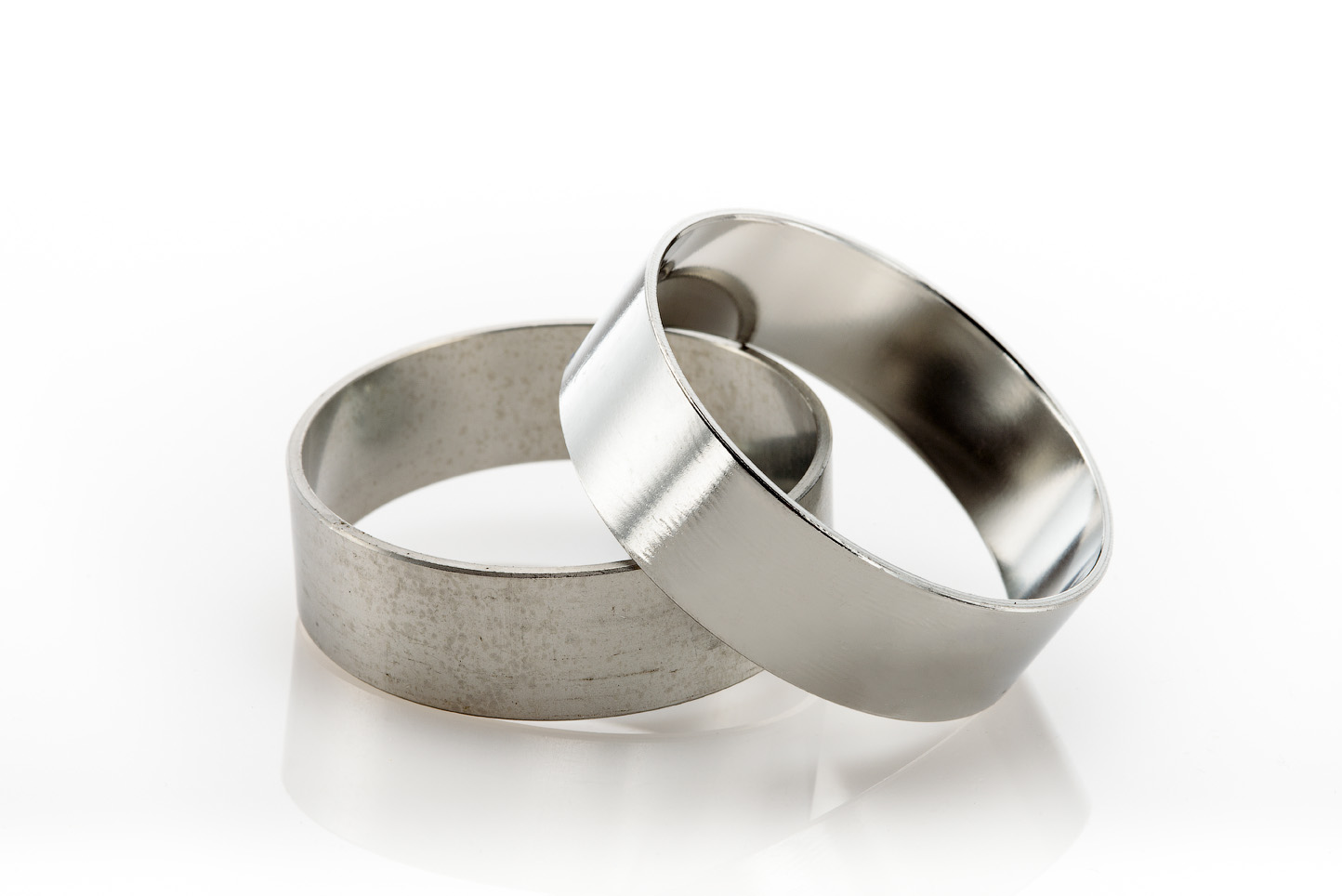Quality Standards in Electropolishing for Medical Devices
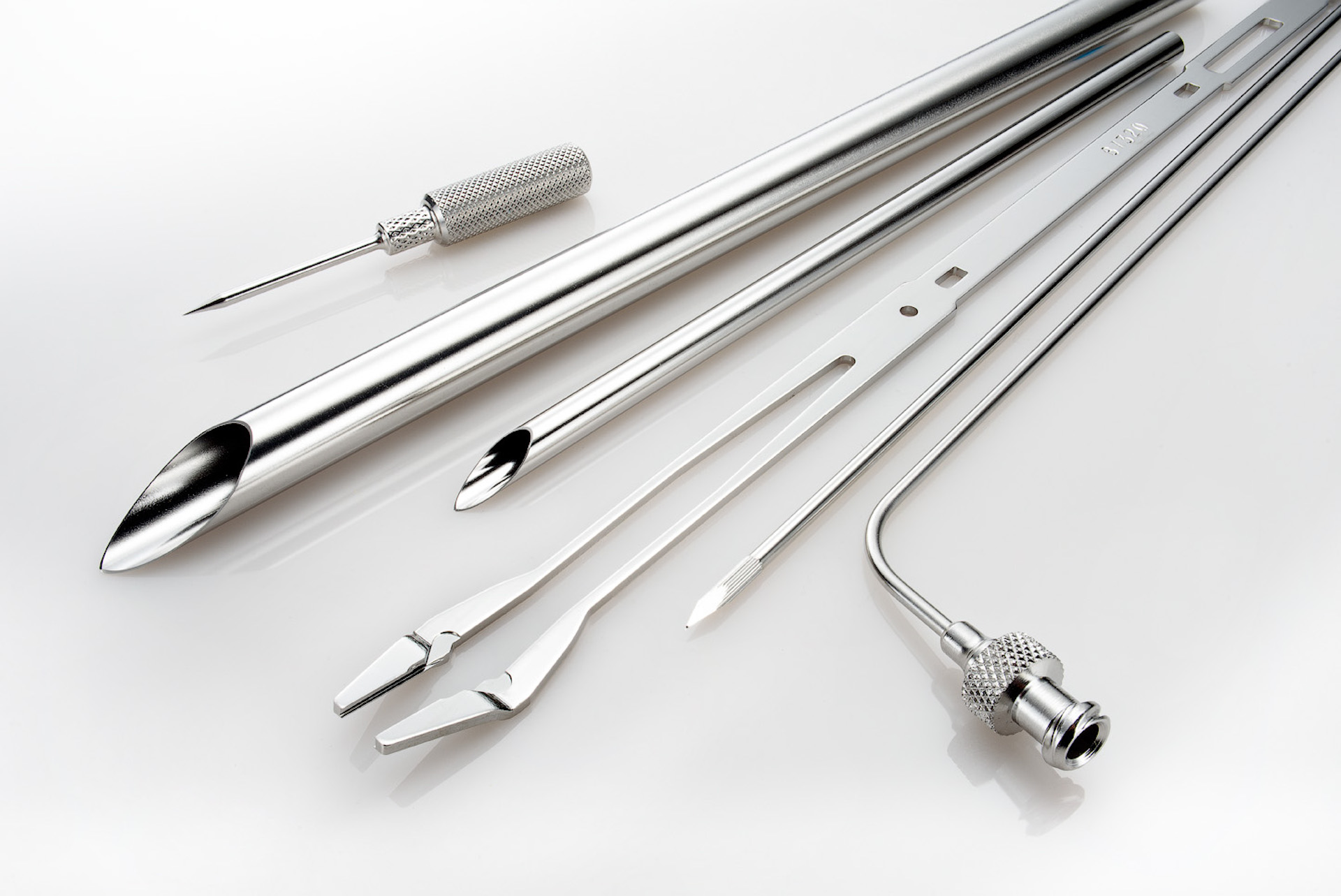
1. Regulatory Compliance and Surface Quality
Meeting regulatory standards is crucial for medical and aerospace applications, where the need for smooth, contaminant-free surfaces directly impacts device functionality and patient safety. ISO 13485 ensures that all stages, from manufacturing to testing, meet high quality standards, especially vital for implants, surgical instruments, and aerospace components where precision is non-negotiable.
2. Quality Control and Testing Standards
ASTM B912 and ASTM A967 ensure stainless steel surfaces are thoroughly electropolished and passivated to remove microscopic imperfections. Rigorous inspections verify the absence of surface impurities, burrs, or sharp edges. These surfaces are then tested for corrosion resistance and cleanliness, which is especially important for medical implants to avoid biocompatibility issues and corrosion-related complications.
3. Traceability and Documentation
ISO 9001 standards emphasize comprehensive documentation at every stage, from initial material handling to the final inspection, ensuring compliance and traceability. This level of transparency is critical for quality assurance, regulatory auditing, and ultimately for patient safety.
With electropolishing that meets these quality benchmarks, New England Electropolishing helps manufacturers achieve the high standards necessary for life-critical medical and aerospace components. This meticulous approach aligns with evolving regulatory demands, ensuring reliability and long-term safety for end-users.
What is passivation?
What exactly is passivation, and why is it crucial for stainless steel surfaces? At New England Electropolishing, we delve into this important process to shed light on its significance and how it improves the potential of stainless steel.
Electropolishing Resources
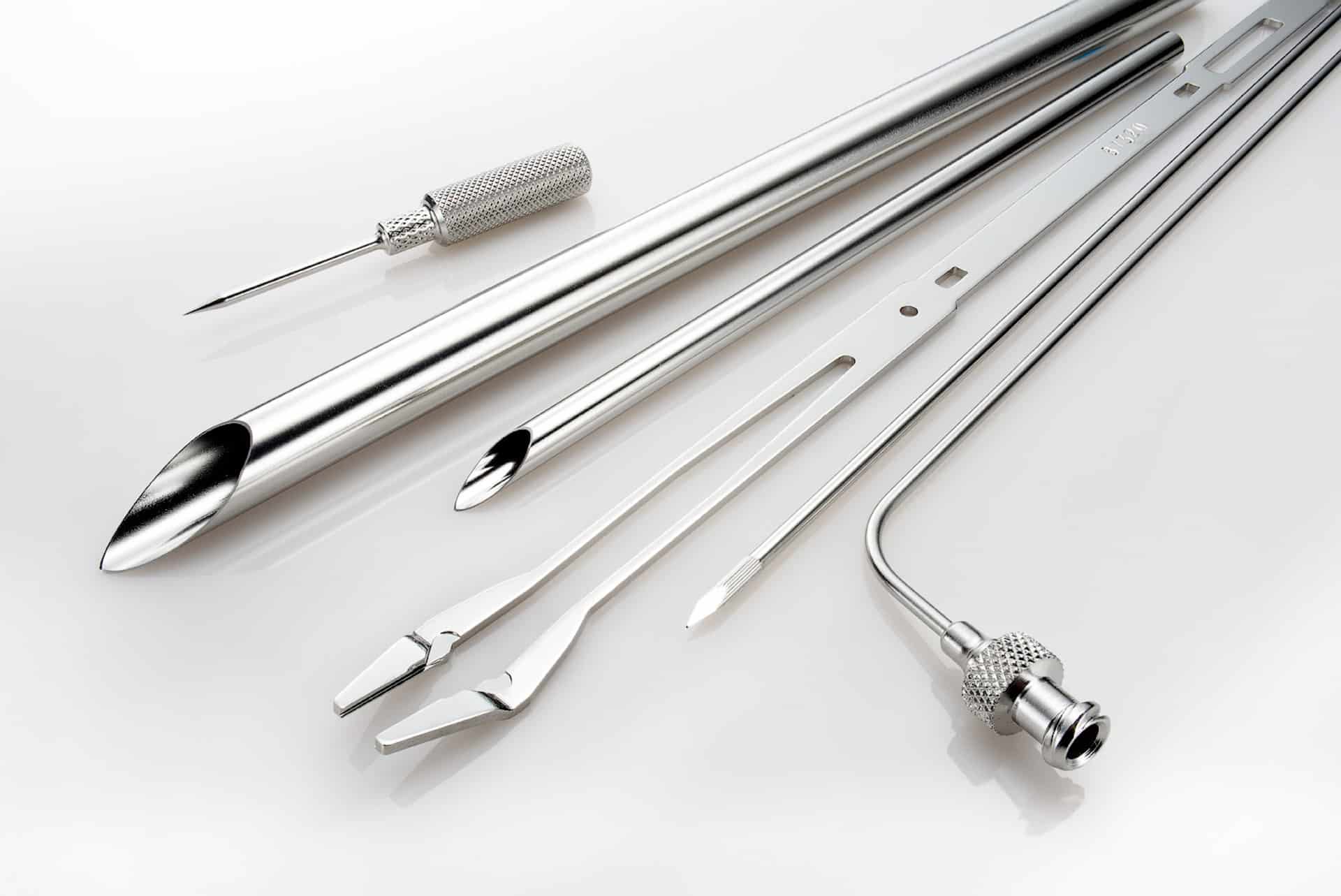
What is Electropolishing?
Electropolishing is an electrochemical and reverse plating process that removes the outer layer of skin on a metal...
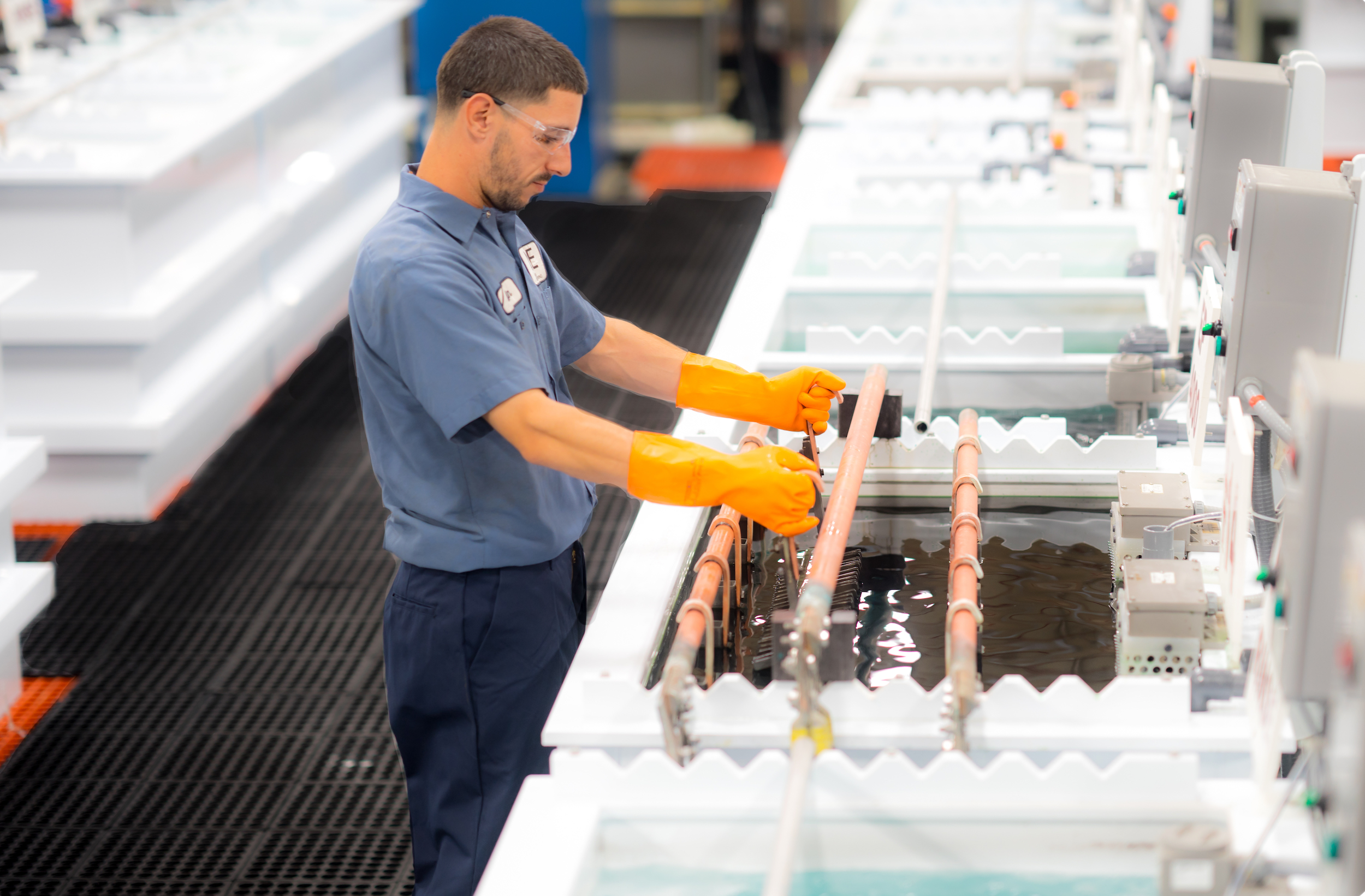
The Electropolishing Process
The electropolishing process is initiated by immersing a metal part into a temperature-controlled bath of electrolyte...
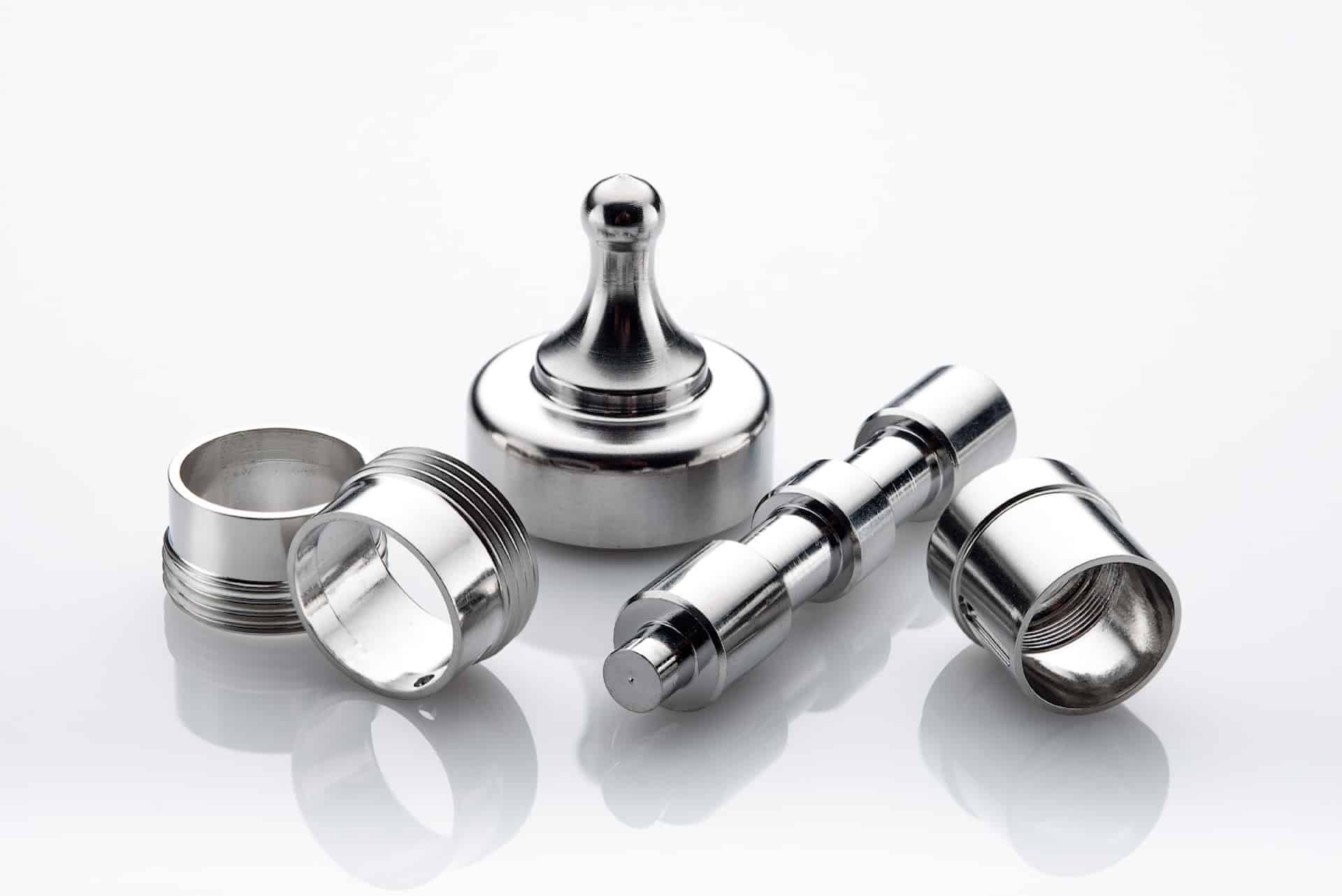
Benefits of Electropolishing
Curious about the benefits of putting your parts through the electropolishing process? Read along below where we...
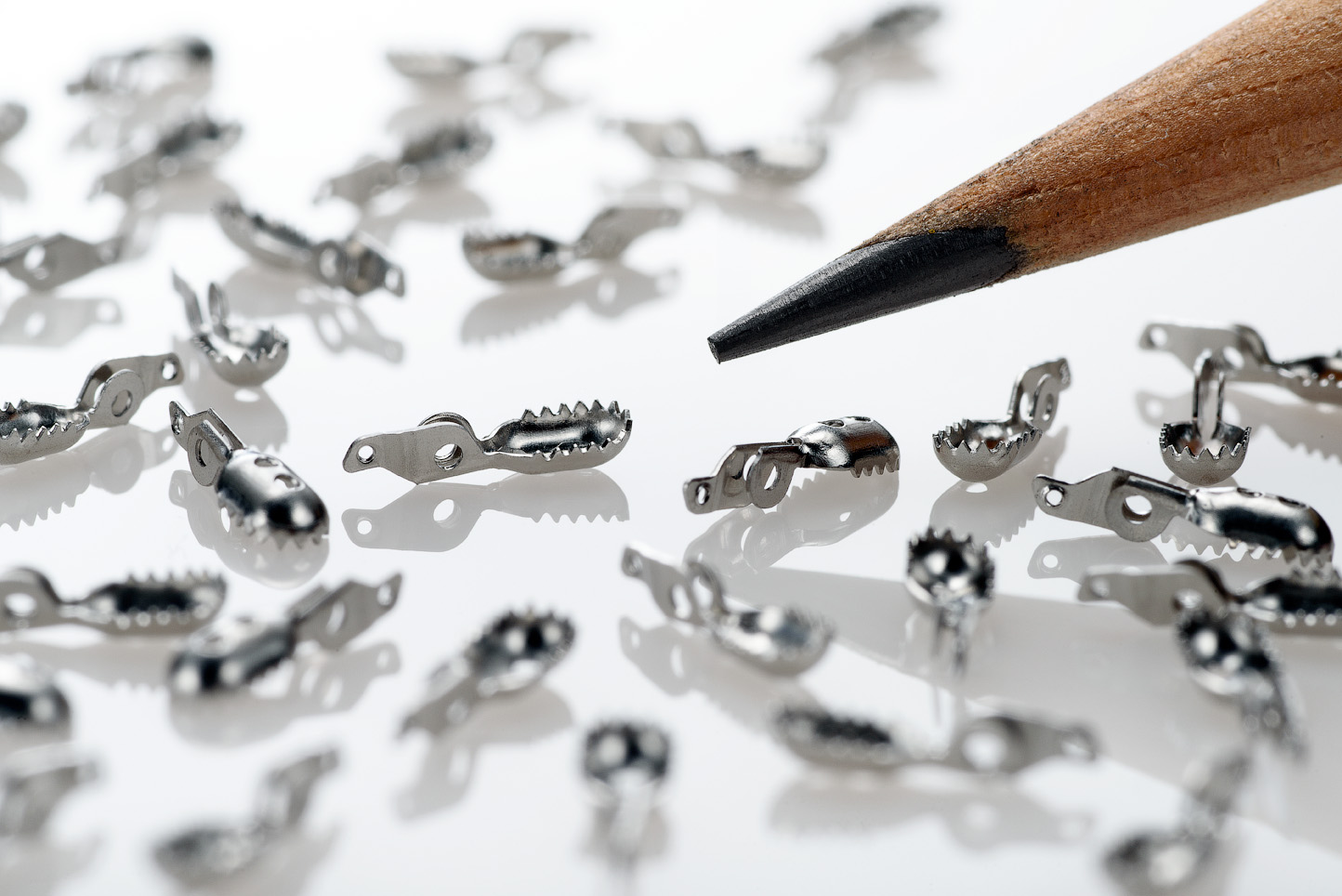
How Much Material Does Electropolishing Remove?
Electropolishing, when done properly is a highly controllable process which removes as little as...
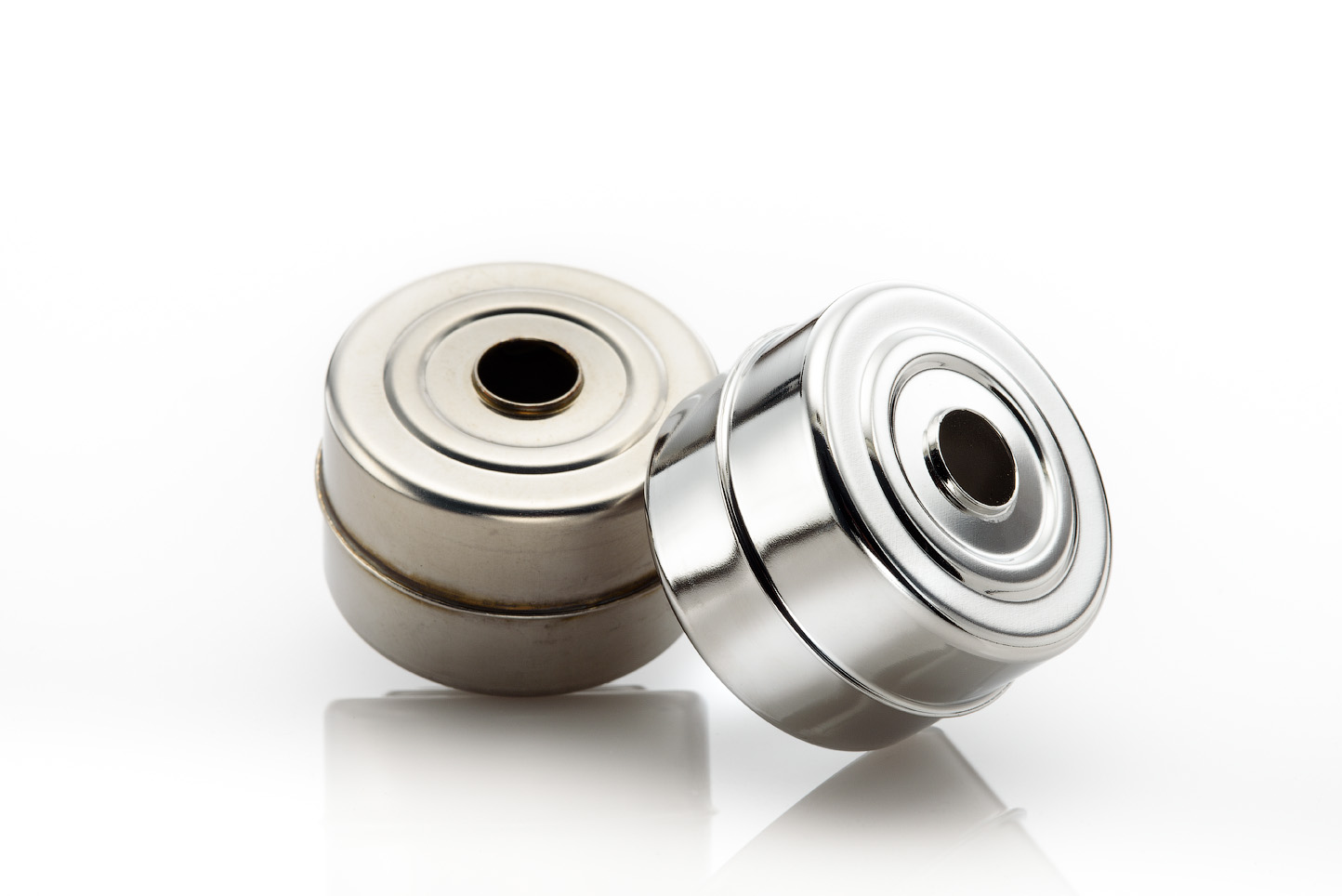
How Much Will Electropolishing Improve the Surface Finish of My Part?
Ra and RMS are both representations of surface roughness. Ra is calculated as the roughness average of a surface’s...
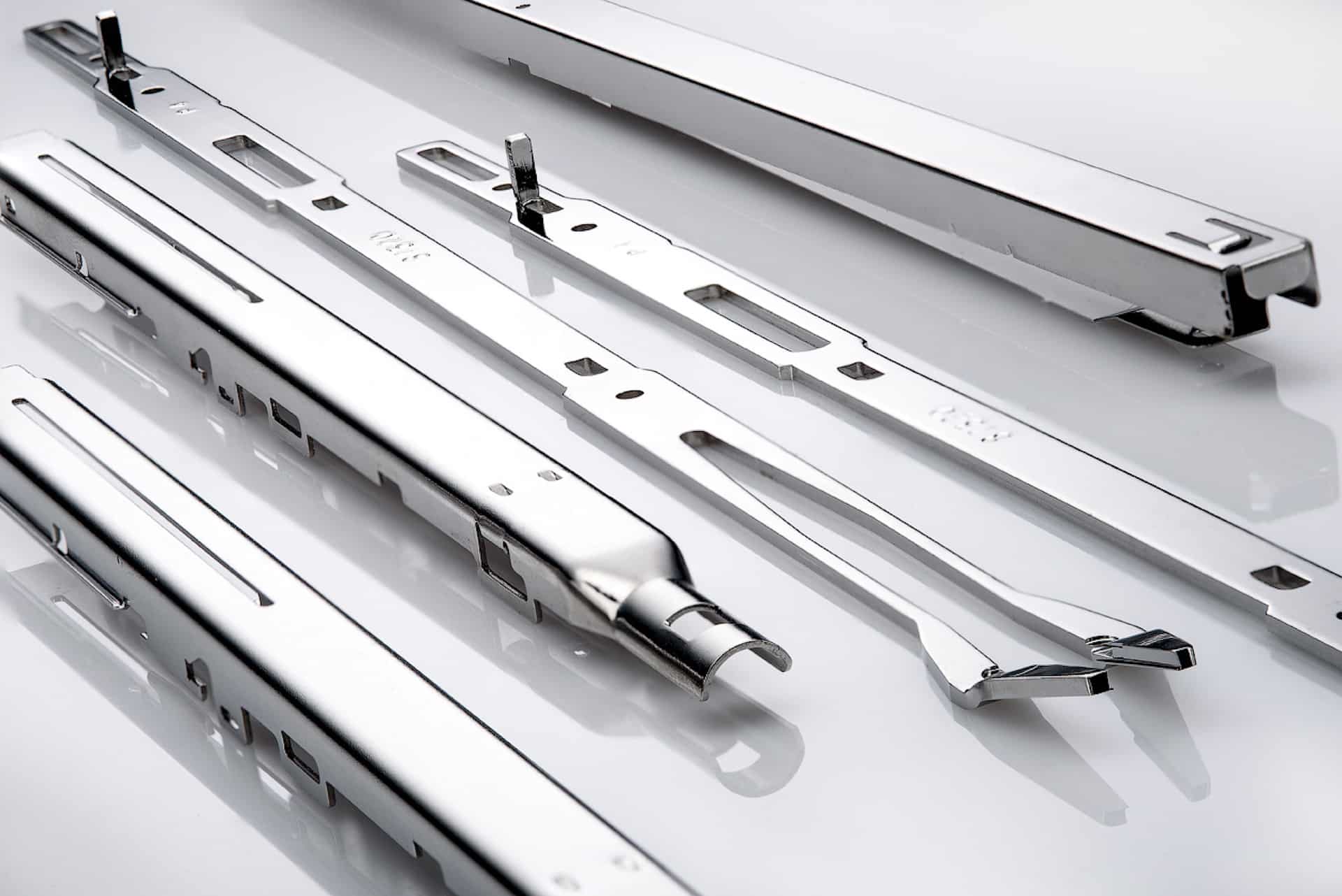
Electropolishing Frequently Asked Questions
Learn the difference between electropolishing and electroplating as well as how the electropolishing process works...

What is ASTM B912?
ASTM B912 is an industry standard for the passivation of stainless steel alloys through electropolishing...
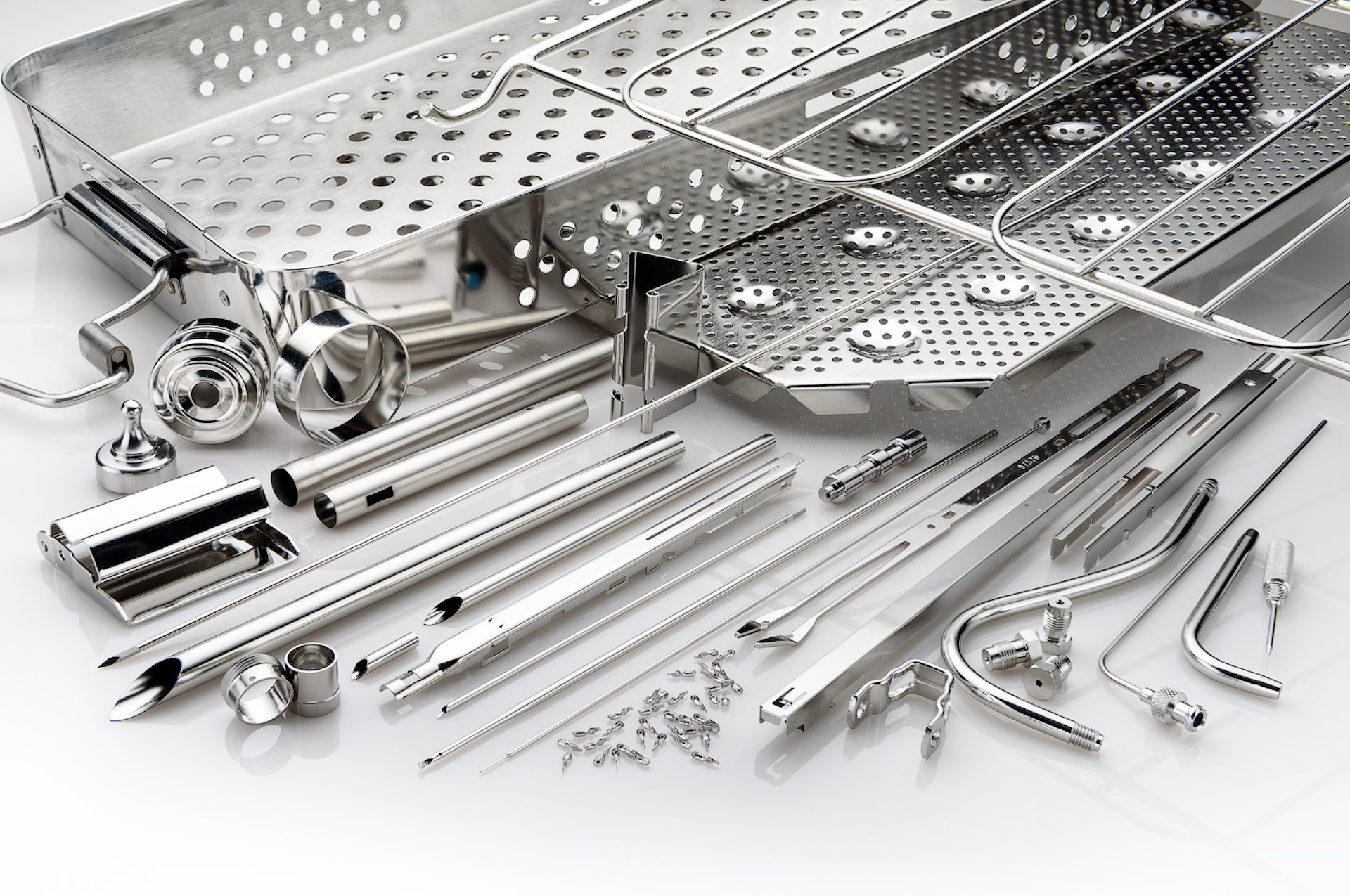
What is ASTM A967?
ASTM A967 is an industry standard specification for the chemical passivation treatments for stainless...
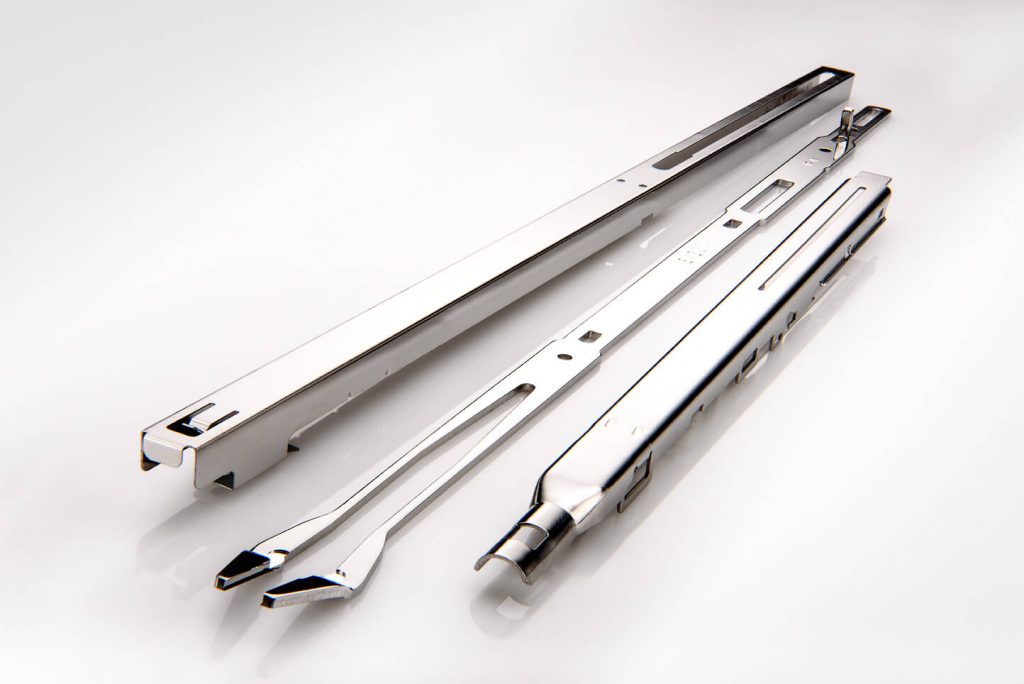
What is ISO 13485?
ISO 13485 is a standard that applies specifically to medical devices. ISO 13485 is designed to be...
